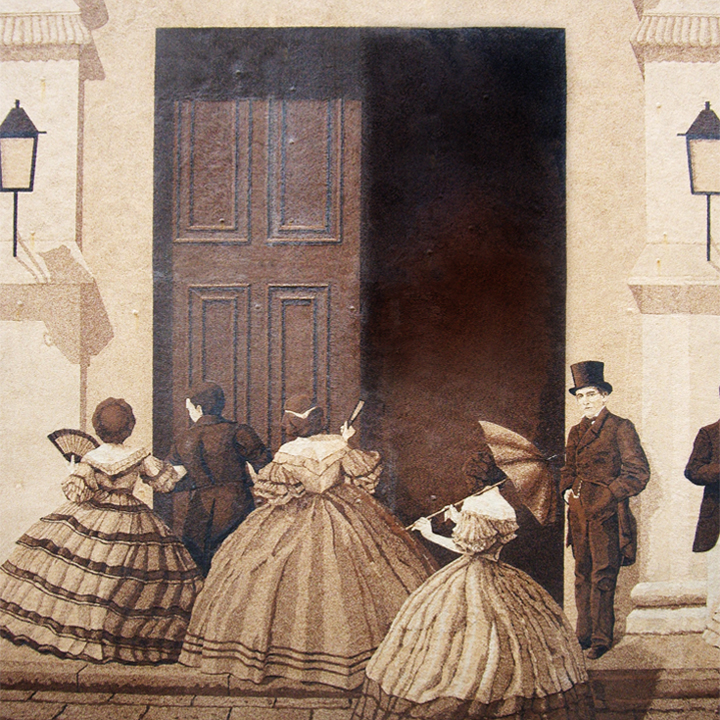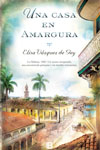The Novel
An unexpected event, a posthumous request, and a strange will and testament turn the peaceful day-to-day of a mansion on Amargura Street upside down.
Una casa en Amargura transports us, through the eyes of an African woman who cares for a young white girl, to a Havana plagued with black slavery, rich Chinese arriving from California, archives of copyists, notary offices, and the unique homes of the street scribes.
The story of Una casa en Amargura takes place in the years before and immediately after he law that order the abolishment of the state of slavery in Cuba (1880) and recreates the daily life of master and slave in the elegant mansions of Havana.
 Calle Amargura
Calle Amargura Amargura Street
Given its name for a Lent tradition; every afternoon the Third Order of St. Francis had a procession that went through the street to the church of Santo Cristo del Buen Viaje.








